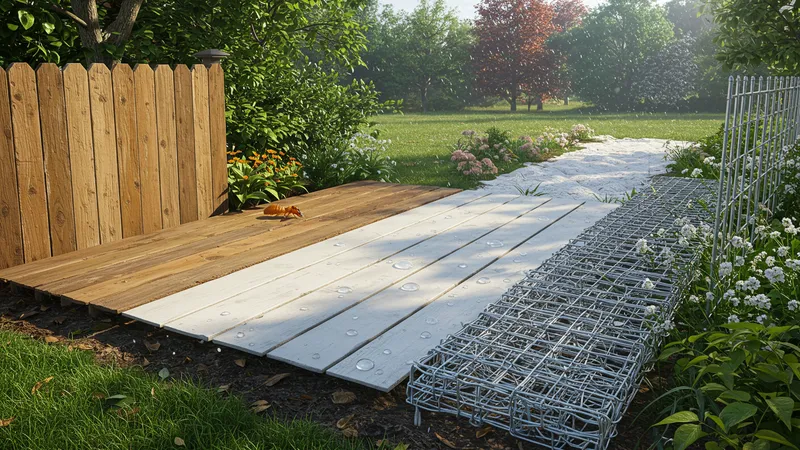
How To Select The Best Garden Fence For Your Needs
Materials and Durability Factors for Garden Fencing Selection
When choosing fencing, understanding how different materials stand up to the U.S. climate is essential. Wood may warp or rot in high-humidity zones, while vinyl can withstand heavy rain, snow, and sunlight without fading. Steel wire, commonly used in American agricultural areas, resists corrosion due to its galvanized coating. Factor in pest prevalence—particularly termites across the South—and opt for materials designed for resilience when local conditions demand it.

Another consideration is longevity. Pressure-treated wood typically lasts 10-15 years if maintained, while vinyl fences often last for decades with little to no attention. Steel wire fencing, with proper installation and occasional tightening, can serve reliably for over 20 years. Carefully assess long-term value rather than only immediate costs, as replacement and repair can outweigh a slightly higher initial investment.
Maintenance often shapes the real cost of a fence. Wooden fences in the United States need repainting or staining every few years, as well as vigilant monitoring for deterioration. Vinyl fences need only an occasional wash with a hose, though extreme impacts can crack the panels. Steel wire fences require tightening and may need to be patched where animals or the weather have bent the structure. Maintenance-friendly materials can reduce stress and ongoing expenses.
U.S. regional extremes create unique demands: hurricane-prone areas require wind-resistant designs, while desert regions need UV-stable materials. Always consider how the chosen fence will cope with frost heave, salt spray, or drought—each state presents challenges. Weighing these durability factors ensures your fence maintains both beauty and function for years, inviting further exploration of installation techniques that make a difference.